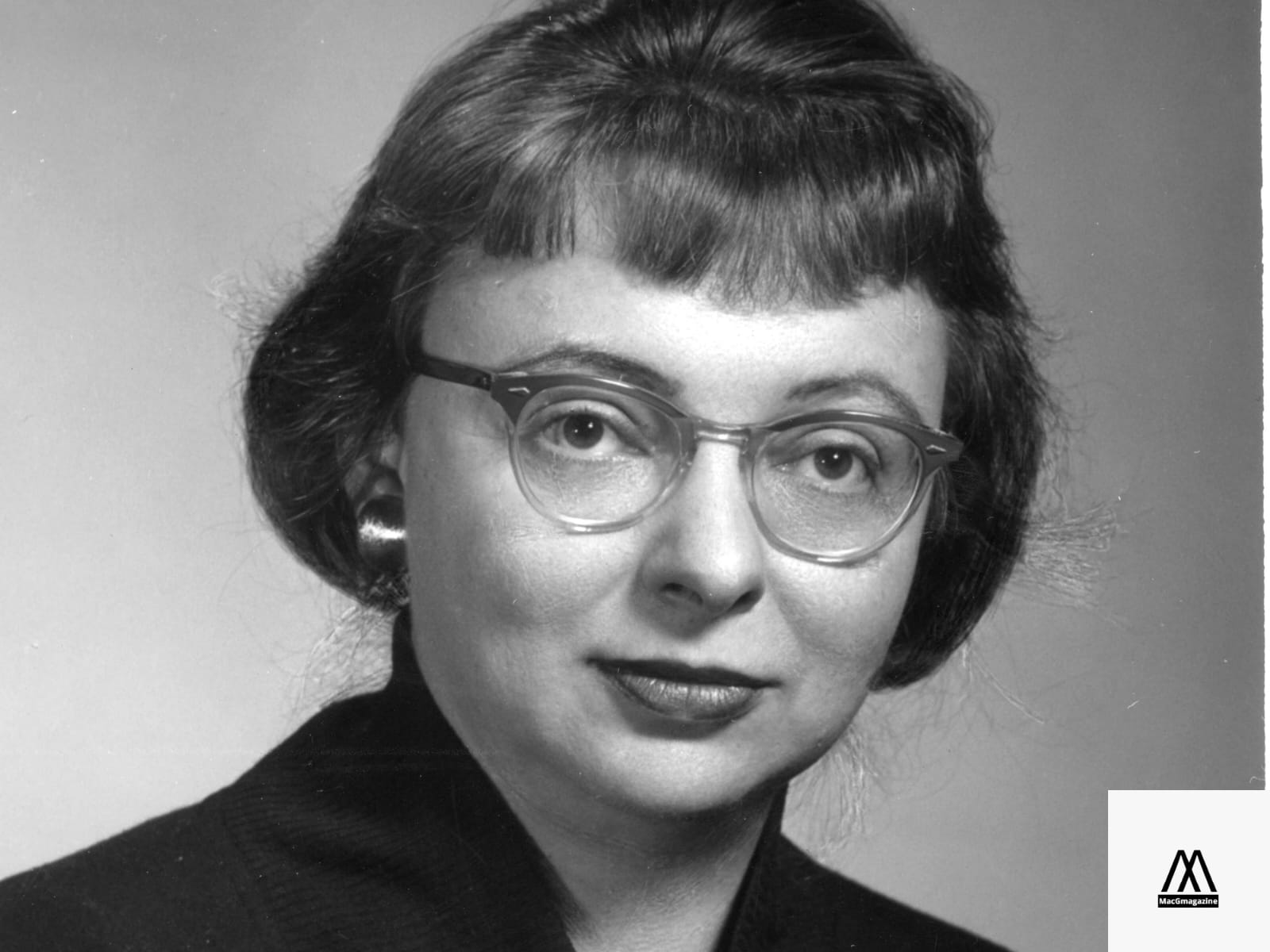Tharp was recognised as one of the finest cartographers by the Library of Congress in 1998 for his work supporting continental drift hypotheses. On the anniversary of the day she was recognised one of the best cartographers of the 20th century, Google is honouring American geologist and oceanographic cartographer Marie Tharp.
The first globe map of ocean floors was co-published by Tharp, who was recognised as one of the finest cartographers by the Library of Congress in 1998 for her work demonstrating theories of continental drift.
He had a blank canvas to paint with tremendous possibilities and an intriguing puzzle to put together, according to Marie Tharp, who was reported as saying.
It was an opportunity that would only come around once in a lifetime or in the history of the world for anyone.
Marie Tharp: Who Was She?
On July 30, 1920, Marie Tharp was born in Ypsilanti, Michigan. She was first exposed to mapmaking by her father, who worked for the US Department of Agriculture. She attended the University of Michigan, where she earned a master’s degree in petroleum geology—a feat made all the more remarkable given how few women were employed in the scientific field at the time.
Tharp relocated to New York City in 1948 to work at Lamont Geological Observatory as the organization’s first female employee. She met oceanographer Bruce Hezeen, who collected data on ocean depths in the Atlantic Ocean, at this location.
Tharp utilised this information to chart the ocean floor and, using fresh information from echo sounders, he discovered the Mid-Atlantic Ridge. Heezen, however, rejected these findings as “female talk.” However, they found that the ridge actually did exist when they compared Tharp’s findings with earthquake epicentre maps.
The first map of the North Atlantic ocean floor was created by Tharp and Heezen in 1957 and was released by National Geographic 20 years later. Tharp gave the Library of Congress her complete collection of maps in 1995. The Library of Congress later recognised Tharp as one of the best cartographers of the 20th century in 1998, the centennial year of the Geography and Map Division.
Age 86 Marie Tharp Passed Away In 2006

Caitlyn Larsen, Rebecca Nesel, and Dr. Tiara Moore, three female scientists who work in the traditionally male-dominated fields of ocean science and geology, tell her story in today’s interactive Google Doodle.
In a time when there were few women in the geosciences and when there were, they were not taken seriously, Larsen said of Marie’s story in a Google Doodle interview: “Marie’s story is one of perseverance and strength.”
She stood up for what she believed to be right and didn’t care how others saw her for doing so because she understood that in order for her ideas to be heard, they needed to be stated.
Nesel said of Marie’s story on Google Doodle: “Marie’s story inspires me because she was an earth scientist at a time when that was very unusual and dealt with many difficulties as a result, such as not being allowed on the research vessels or having her work disregarded by her own colleagues.
Read Also: Chiara passari claims ex-boyfriend Nick Kyrgios assault allegation










































